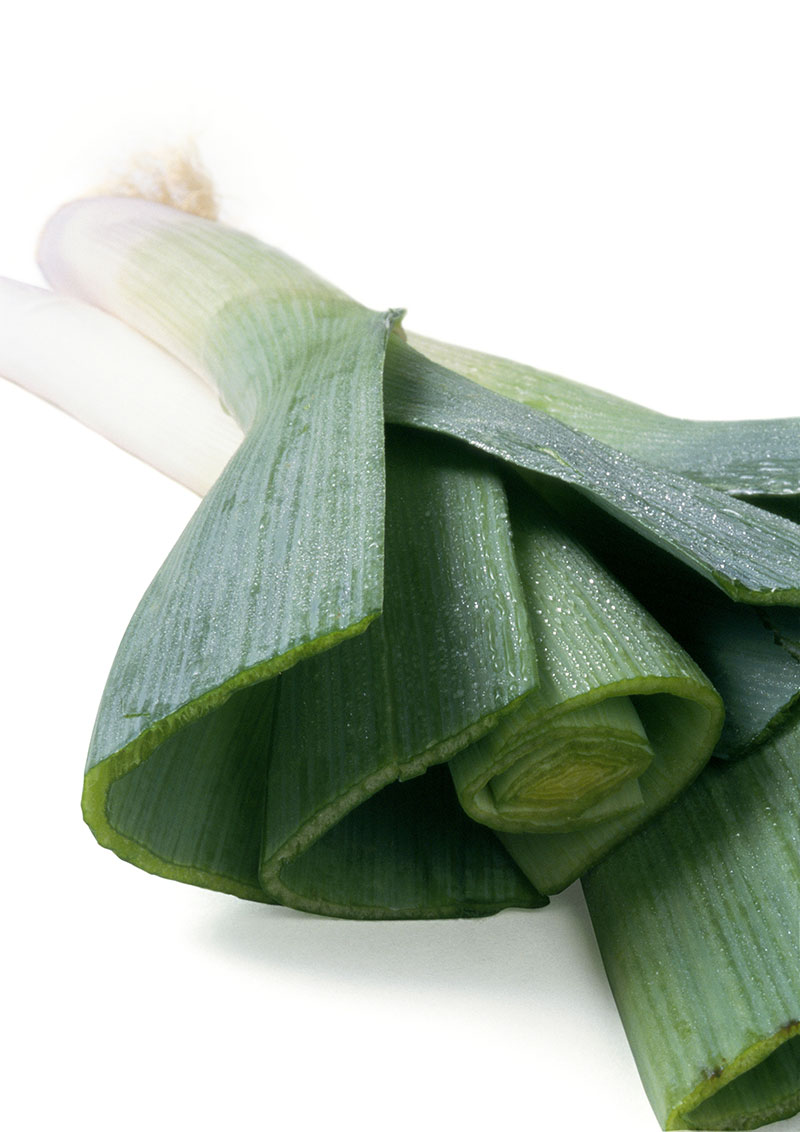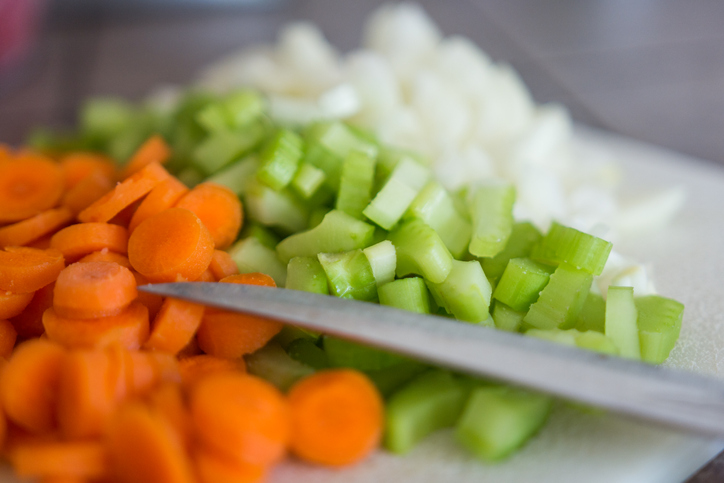Onions, Leek

Availability:
Year-round
Availability:
| J | F | M | A | M | J | J | A | S | O | N | D |
Notice:
on demand
Receiving/Storage:
Good quality leeks should have clean, blemish-free white bases with fresh green tops. Avoid leeks with bruised, ragged, or dry-looking tops and bulbed bases. Wilting: Leeks may wilt if they are stored in an area with low humidity. For best quality, maintain a humidity level of 90-98%. Yellowing; rapid decay: Storing leeks at high temperatures may cause yellowing and decay. Exposing leeks to ethylene may also cause yellowing and decay. For best quality, maintain storage temperature of 32-36 degrees F/0-2 degrees C. Keep leeks away from ethylene-producing fruits and ripening rooms. Bulbed ends; woody texture: These are indications of age.
Storage/Handling: Temperature/humidity recommendation for short-term storage of 7 days or less: 32 - 36 degrees F / 0-2 degrees C. 90 - 98% relative humidity.
Description:
Member of the green onion and shallot family. Characterized by a long thick stem and large, drooping tops that range in color from green to blue-green. Some specific varieties are shorter and thicker with more erect green tops. Leeks exhibit a mild onion-like flavor. Leeks have a subtle and delicate flavor that is milder and sweeter than that of onions. The white part grows underground and is formed of sheathed cylindrical leaves; it is the more tender part of this vegetable and that which is the most appreciated and most commonly used. This vegetable grows to between 1-1/2 and 3 feet high, and is harvested when the bulb is at least 1 inch in diameter.


